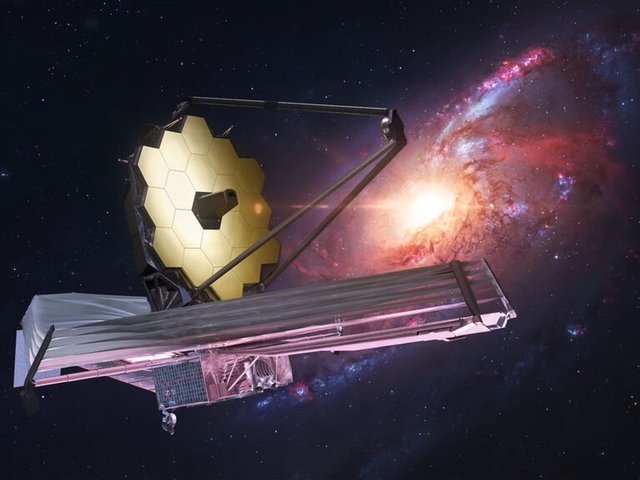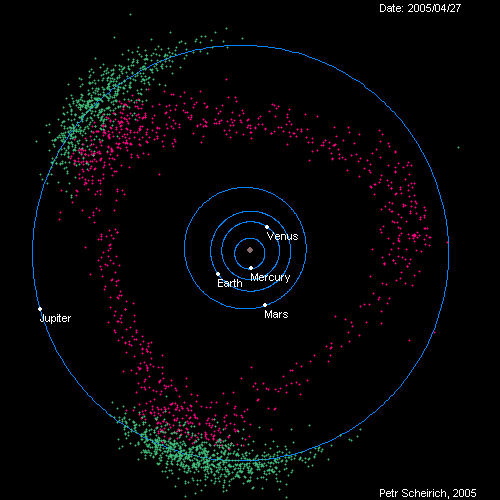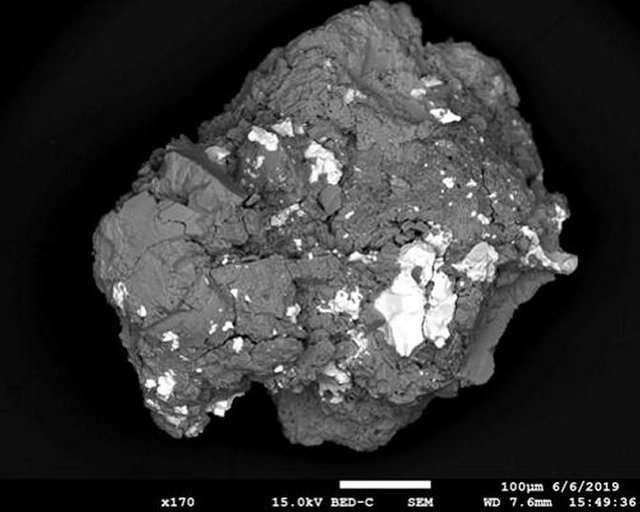A micrometeorite hits the James Webb
A micrometeorite hits the James Webb

Souce
NASA has reported that a tiny space rock has hit the James Webb Telescope. How does this incident affect the development of the mission?
Such impacts were taken into account when building and testing the ground-based space telescope mirror that was designed to withstand bombardment from micrometeorites in its orbit around the sun, but it has also been prepared to withstand other challenges in the extreme space environment such as For example, strong ultraviolet light and charged particles from the sun, as well as cosmic rays from events occurring in the galaxy.

Souce
The region that the telescope occupies is not a total vacuum, and this has proven it, it is an inevitable event, but the engineers who built the telescope are well aware of the rigors of space and where it would be located; The James Webb occupies a region one and a half million kilometers from Earth, called L2, which is what is known as a Lagrange point, where the gravitational interaction between two orbiting bodies (in this case, the Earth and the Sun), is balanced by the centripetal force of the orbit, to create a stable pocket, where low-mass objects can be parked to reduce fuel consumption.
NASA Webb Optical Telescope Element Manager Li Feinberg stated that. “With Webb's mirrors exposed to space, we expected that occasional impacts from micrometeorites would slowly degrade the telescope's performance over time. Since launch, we've had four smaller measurable micrometeorite impacts that were consistent with expectations, but this most recent one is larger than our degradation predictions assumed. We will use this flight data to update our performance analysis over time, as well as develop operational approaches to ensure that we maximize Webb's imaging performance to the best of our ability for many years to come."
Thank you for visiting my blog. If you like posts about #science, #planet, #politics, #rights #crypto, #traveling and discovering secrets and beauties of the #universe, feel free to Follow me as these are the topics I write about the most. Have a wonderful day and stay on this great platform :) :)


Upvoted! Thank you for supporting witness @jswit.

What can be done to increase the percentage of voting?, thanks
Although the topic is very interesting, unfortunately I could not support the post because it is not #steemexclusive. Also, quotes are not marked as such.
Thanks, I'll take your recommendations. Cheers